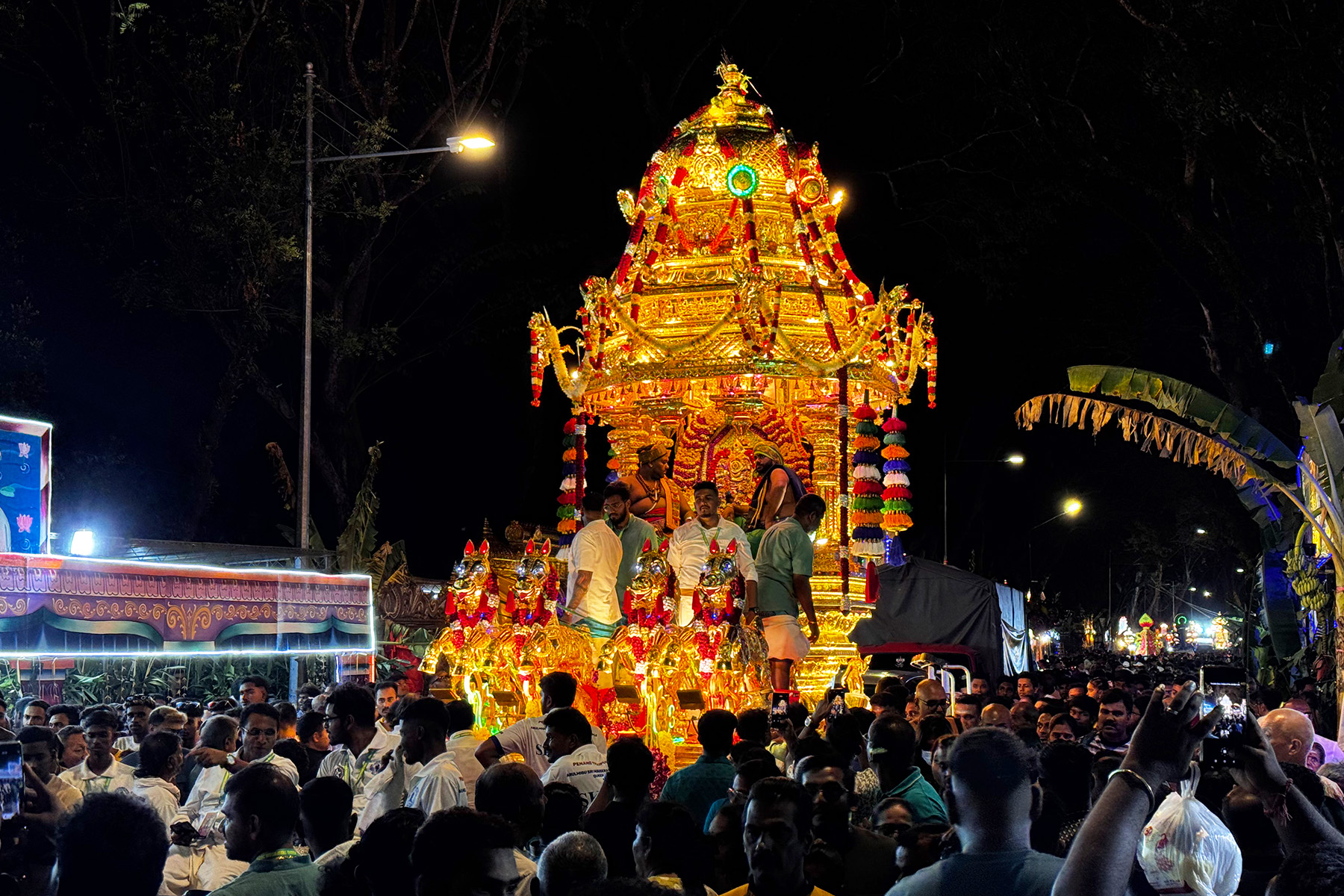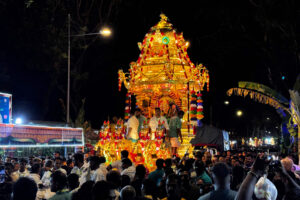Thaipusam in Malaysia: We get the day off, we see the vibrant processions, and we can feel the intensity of the atmosphere near a temple. That’s the familiar scene, but what if we told you there’s so much more to this deeply-rooted Hindu festival than meets the eye?
It’s actually a personal journey of faith that begins weeks before the public celebrations. Many devotees choose to fast and dedicate themselves to prayer and spiritual reflection. Finally, devotees fulfill their vows at one of many significant temples across the country, such as Batu Caves near Kuala Lumpur, Arulmigu Balathandayuthapani Temple (also known as Waterfall Temple) in Penang, or Kallumalai Temple in Ipoh.
So, in the spirit of Thaipusam today, here are five things you should know about this festival.
Thaipusam is a festival aligned with the Pusam star
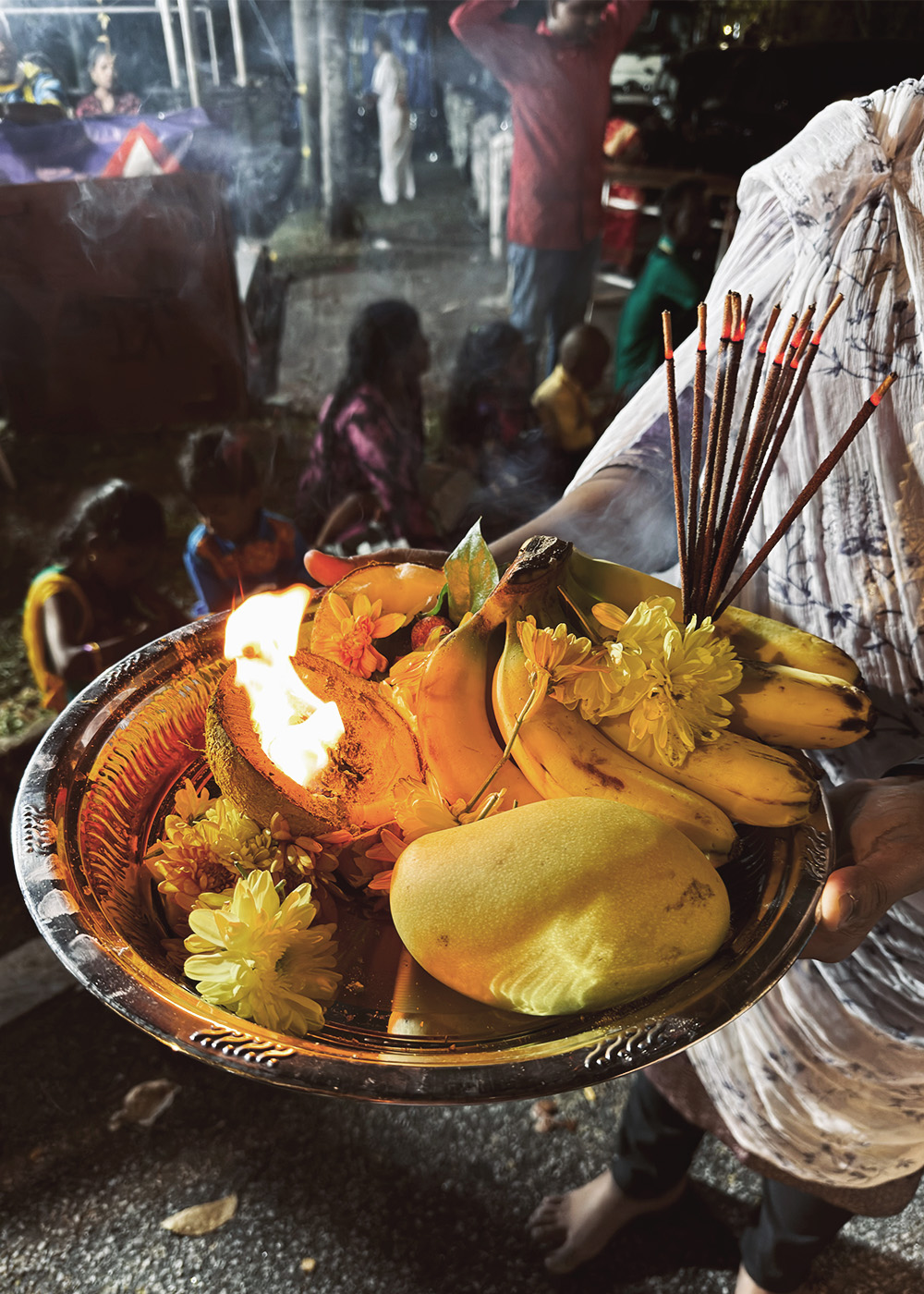
The name Thaipusam comes from the combination of the Tamil word ‘Thai’, which is the tenth month in the Tamil calendar, and ‘Pusam’ which is a star in Hindu astrology. Specifically, the festival is celebrated during the full moon in the Tamil month of Thai, which usually falls in January or February.
It’s a celebration of Lord Murugan’s victory over evil
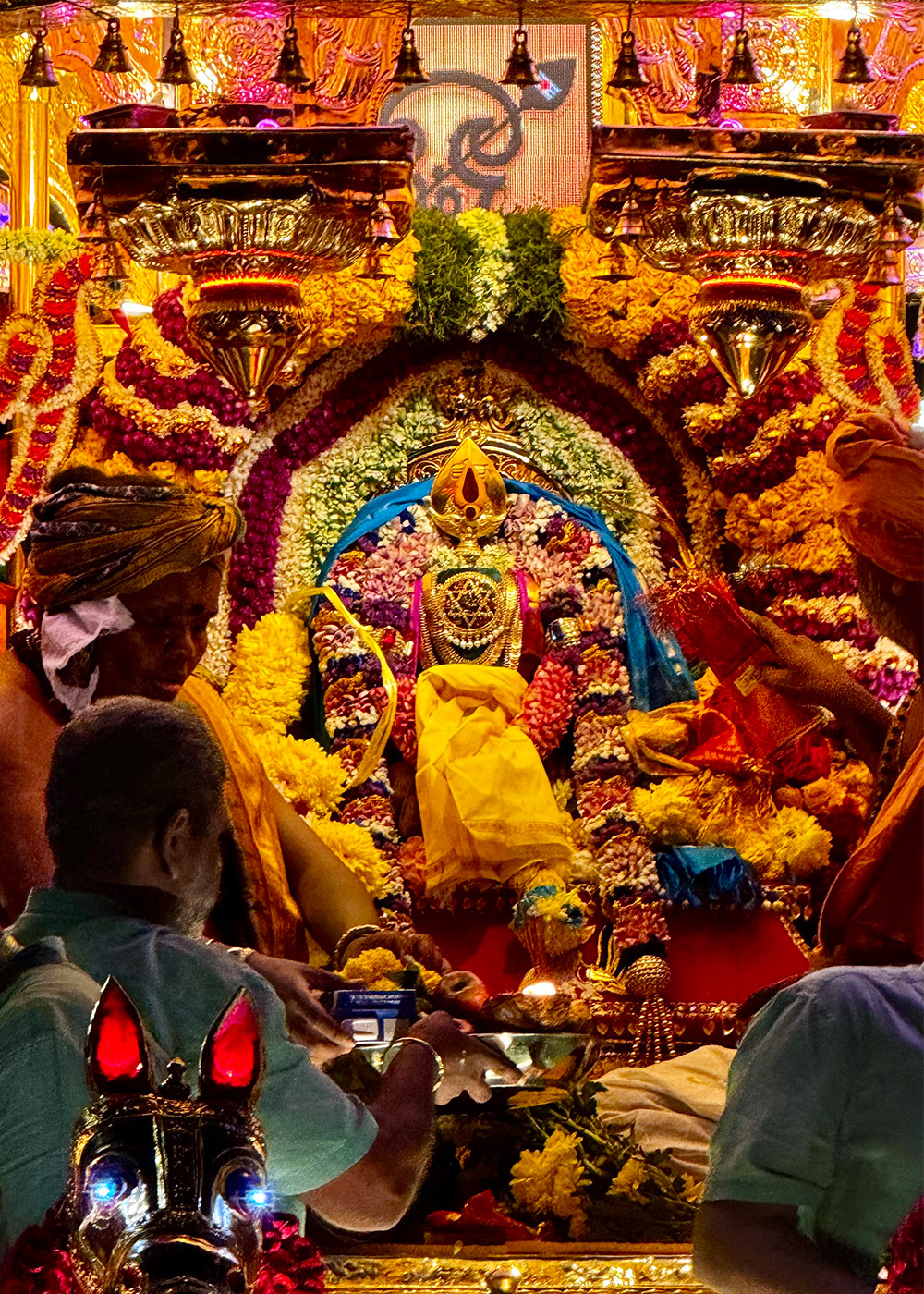
According to Hindu mythology, the devas (celestial beings) were tormented by destructive asuras (demons) who threatened the cosmic order. In response to the gods’ prayers for a saviour, Lord Shiva created Murugan from divine sparks, tasking him with the destruction of the asuras. With the celestial Vel, a spear blessed by the goddess Parvati herself, Murugan challenged and defeated the Soorapadman demon, restoring peace to the heavens.
The kavadi is carried as a fulfillment of a vow to Lord Murugan
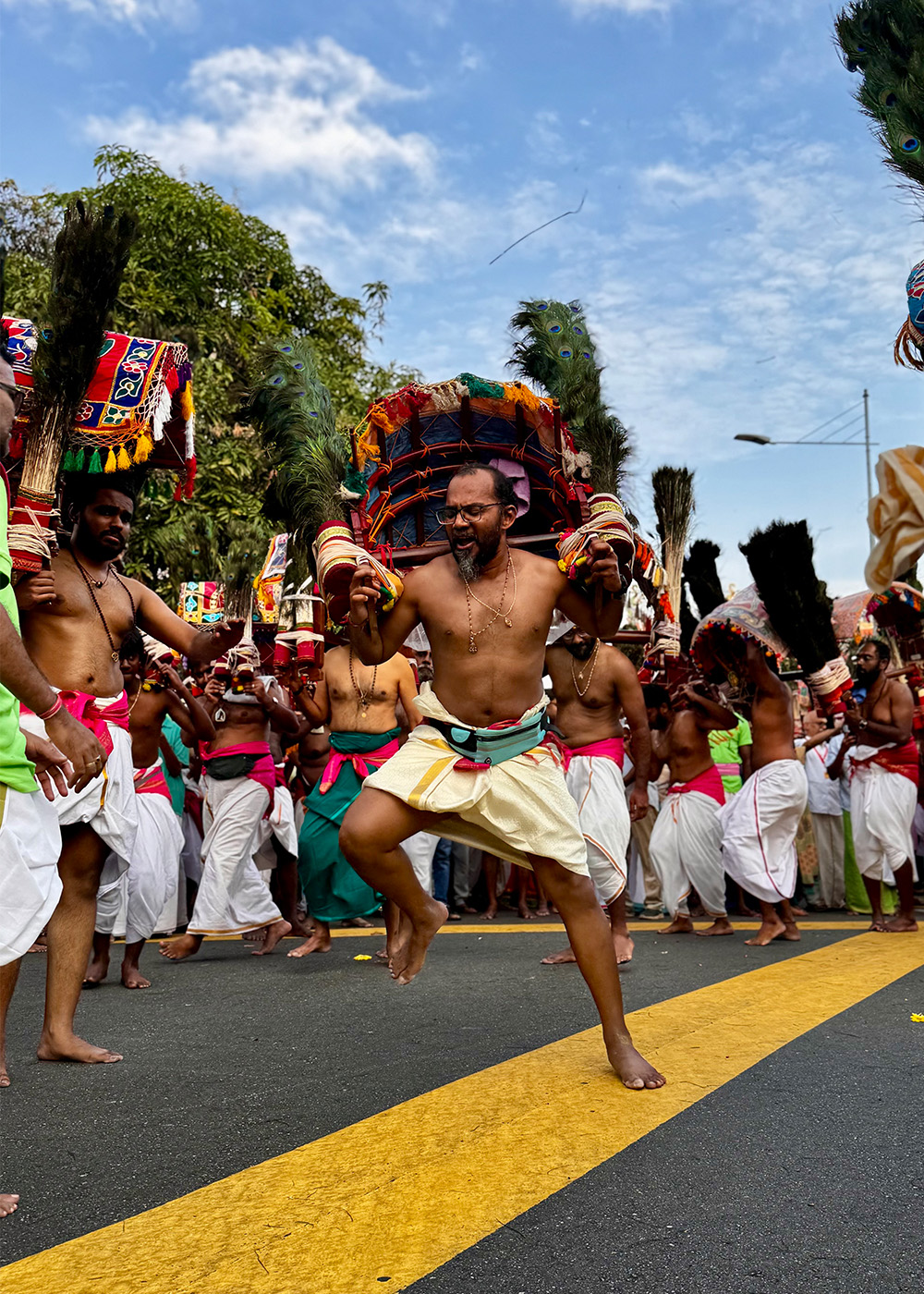
The practice originates from a legend where a devotee named Idumban was tasked to carry two hills on his shoulders. However, during his journey, he encountered Lord Murugan himself, disguised as a child to test Idumban’s devotion. Humbled by his defeat against the child who was truly Lord Murugan, Idumban repented by pledging to lighten the burdens of fellow devotees.
Milk offerings represent devotion and gratitude
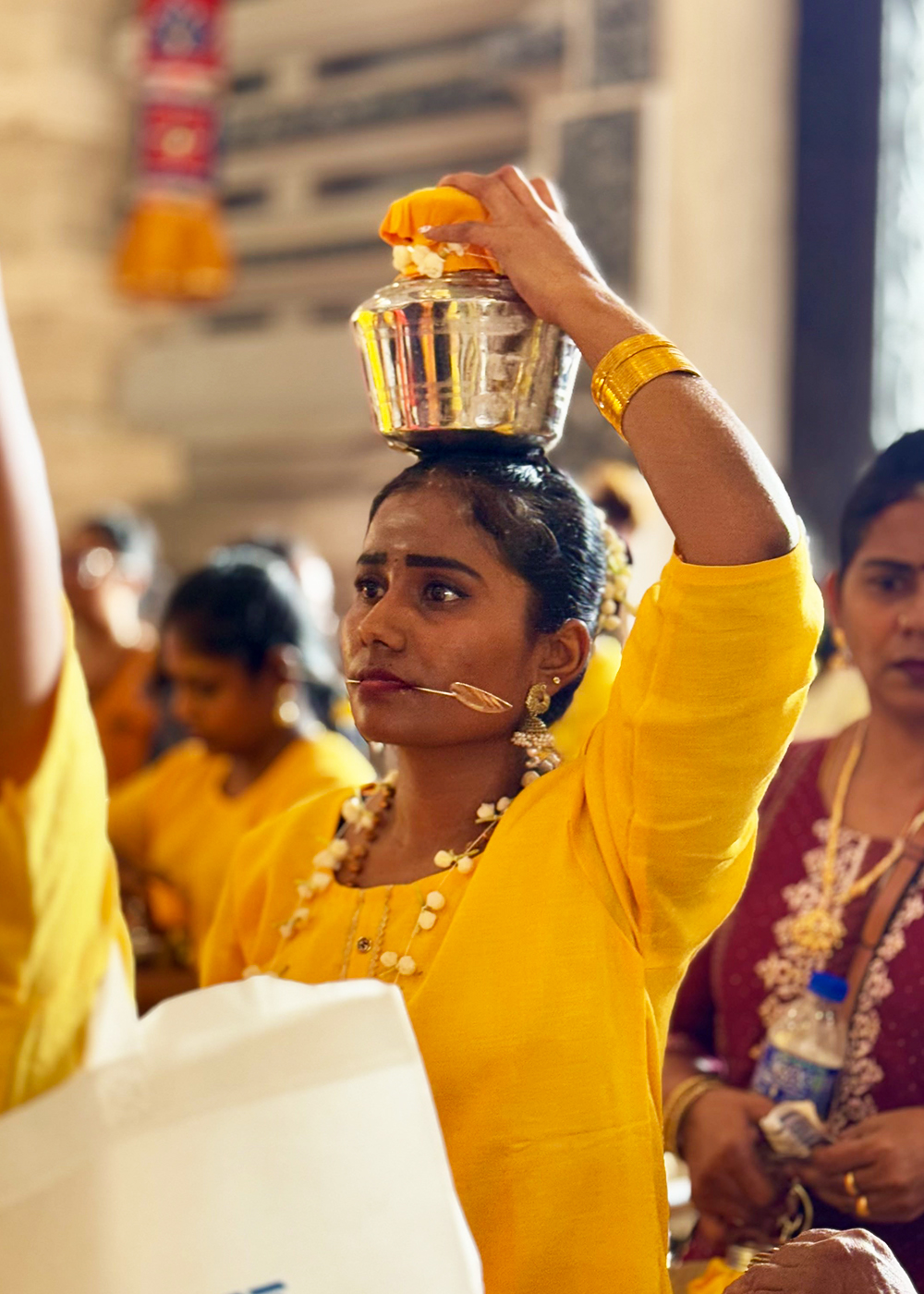
In addition to kavadi, the paal kudam (milk offering) is a common offering during Thaipusam. Devotees carry pots of milk on their heads to the temple as a gesture of devotion to Lord Murugan. This milk is then used in the paal abhishegam ritual, where it is ceremoniously poured over the deity while priests chant mantras. This ritual bathing with milk symbolises purification and represents the fulfillment of vows or prayers made to Lord Murugan.
Breaking the coconut signifies shattering the ego
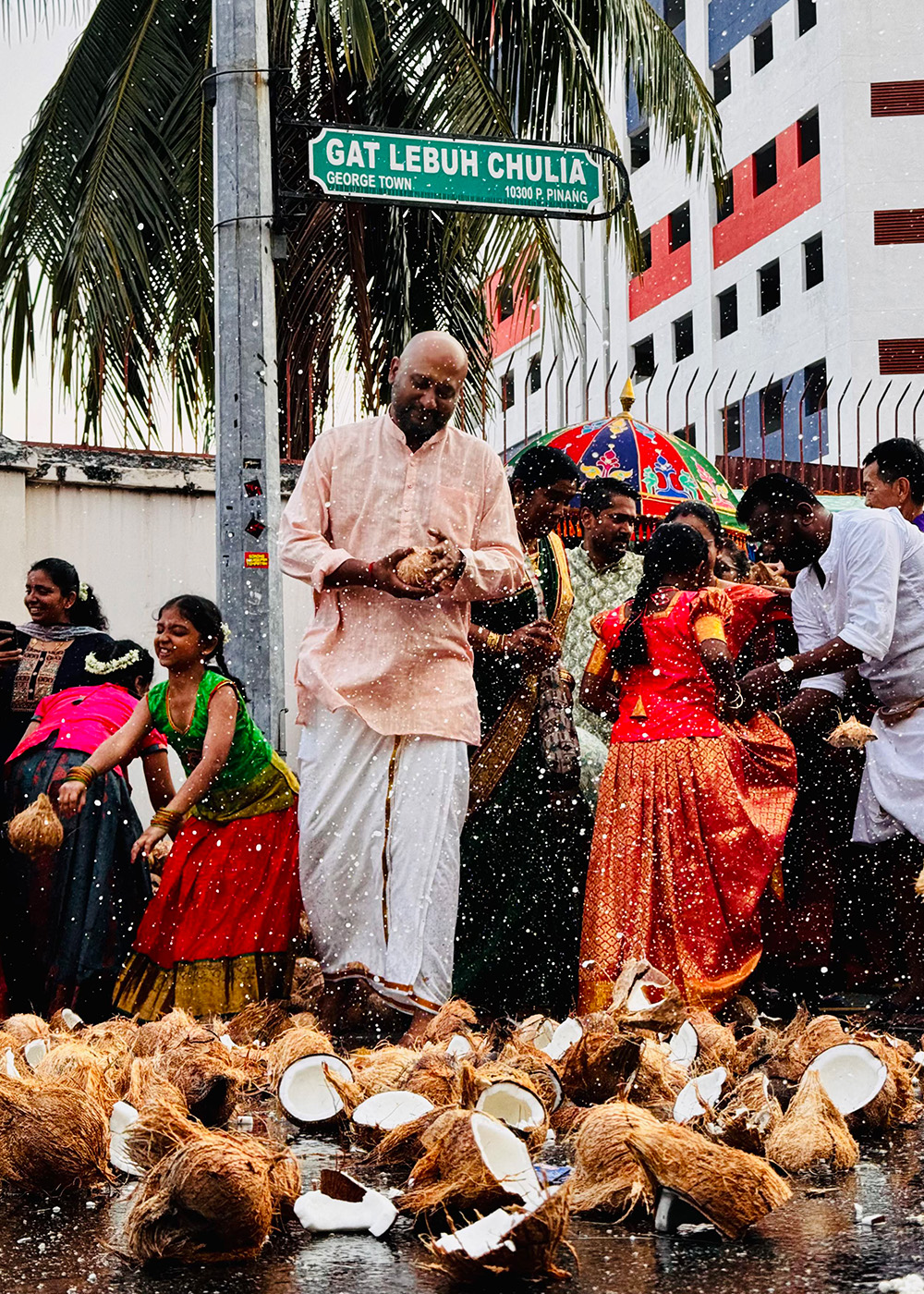
The coconut, often used in Hindu rituals, holds special significance. Hindus consider it a sacred fruit, representing the purest form of offering to the divine. Its unique composition symbolises different aspects of the human self: the hard outer shell represents the physical body, the white flesh inside represents the mind, and the sweet water within represents the untouched spirit. Therefore, breaking the coconut symbolises shattering the illusion of the ego and accessing inner purity.
For more lifestyle stories like this, head here.
Images: Writer’s own




